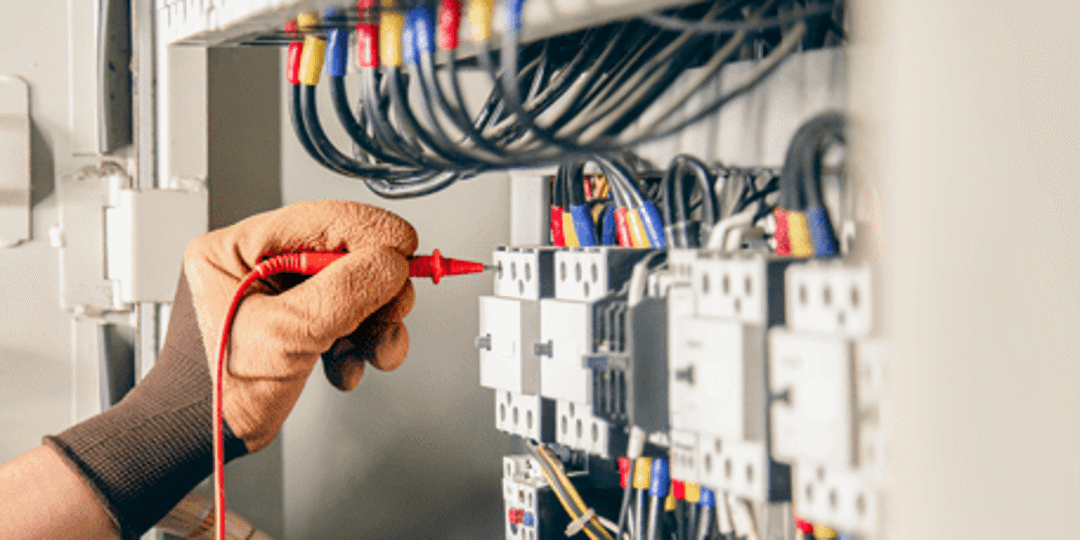How to Check a Circuit Breaker

December 19, 2023
Electrical circuits are the backbone of modern living, powering our homes and enabling us to enjoy the comforts of technology. However, when an electrical circuit becomes overloaded or faces a fault, a circuit breaker acts as the first line of defense, preventing potential hazards such as electrical fires. As a leading electrical service provider, Mister Sparky understands the importance of electrical safety. In this blog post, we will guide you through the process of checking a circuit breaker to ensure your home's electrical system remains safe and reliable.
Understanding the Circuit Breaker
Before we delve into the process of checking a circuit breaker, it's essential to grasp its basic function. A circuit breaker is a safety device installed in the electrical panel that automatically interrupts electrical flow when it detects an overload or a short circuit. When the circuit is compromised, the breaker trips, cutting off the electricity to prevent damage to appliances, wiring, and, most importantly, keeping you and your family safe.
Safety First
Always prioritize safety when dealing with electricity. Before attempting to check a circuit breaker, follow these precautions:
Turn Off All Appliances: Unplug all electrical appliances and turn off lights in the affected circuit to prevent any potential electrical shocks.
Locate the Electrical Panel: Find the electrical panel or circuit breaker box in your home. It is usually located in the basement, utility room, or garage.
Use Personal Protective Equipment (PPE): Wear safety gloves and goggles to protect yourself from potential electrical hazards.
Inspecting the Circuit Breaker
Now that you've taken the necessary safety measures, it's time to inspect the circuit breaker. Here's a step-by-step guide:
Step 1: Visual Inspection - Begin by looking at the circuit breaker panel. Ensure that it is free of any signs of damage, such as cracks or burns. If you notice any visible damage, contact a licensed electrician from Mister Sparky immediately.
Step 2: Identify Tripped Breakers - The circuit breakers have two positions: "on" and "off." A tripped breaker will be in the middle, neither fully on nor fully off. To check for tripped breakers, gently press each one towards the "off" position before resetting it to the "on" position. Remember that if a breaker trips repeatedly, it could indicate an underlying electrical issue that requires professional attention.
Step 3: Test Each Breaker - Once you have reset all the tripped breakers, it's time to test their functionality. Turn off the lights and unplug all electrical devices connected to the circuit. Then, one at a time, turn on each breaker and observe if it stays in the "on" position. If it immediately trips back to the middle position, there might be a problem with that circuit or the connected devices.
Seeking Professional Assistance
If you encounter any of the following situations, it's best to seek professional help from the skilled electricians at Mister Sparky:
- Frequent circuit breaker trips
- Scorch marks, burning smells, or other damage on the circuit breaker panel
- Inconsistent electrical supply to specific outlets
- Flickering lights or electrical sparks
- Strange buzzing sounds coming from the electrical panel
Contact Us For Circuit Breaker Services Today!
Checking a circuit breaker is a crucial aspect of maintaining a safe electrical system in your home. By understanding its operation and taking the necessary precautions, you can minimize potential electrical hazards and keep your family protected. Remember, if you encounter any electrical issues beyond your expertise, don't hesitate to contact the professionals at Mister Sparky. Electrical problems should always be addressed by trained and experienced electricians to ensure the safety and efficiency of your home's electrical system. Stay safe, and may your circuits always be in good order! Request
